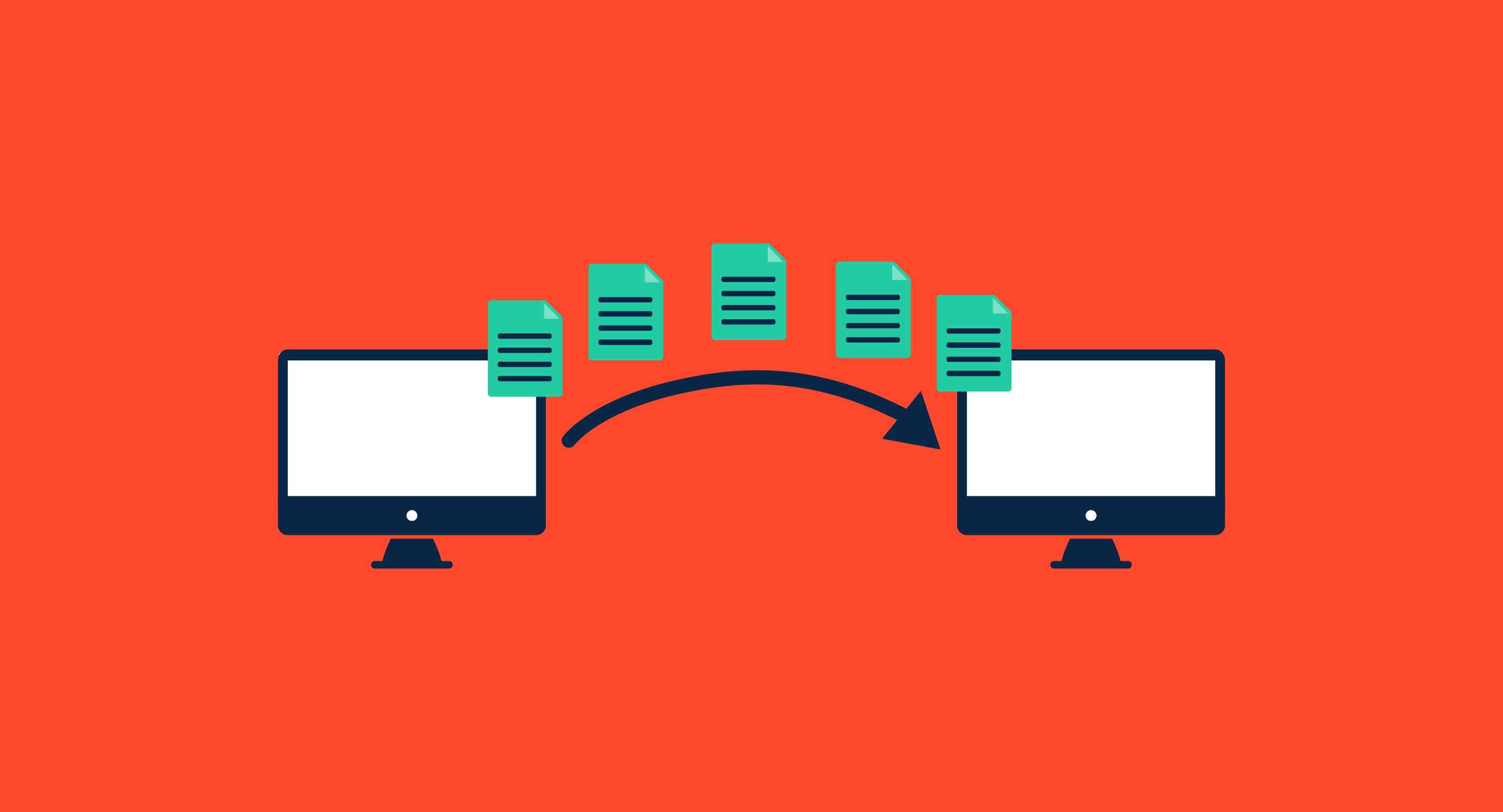In the modern digital landscape, the need to transfer large files quickly and at no cost is a common challenge. Whether you're a student sharing research data, a creative professional collaborating on multimedia projects, or a remote worker exchanging large documents, finding unconventional yet effective methods for swift file transfers can be highly advantageous. In this article, we will explore additional innovative techniques that enable fast and free transfer of large files.
-
Bitmessage: Bitmessage is a decentralized, encrypted messaging platform that offers a unique approach to file sharing. Unlike traditional email or messaging services, Bitmessage allows users to send files directly to recipients without relying on central servers. By leveraging peer-to-peer communication and encryption, Bitmessage ensures secure and fast file transfers. It is particularly useful when you need to send large files privately and swiftly.
-
WebRTC File Sharing: WebRTC (Web Real-Time Communication) is a technology that enables real-time communication between web browsers. Although primarily designed for video and audio communication, WebRTC can also be utilized for file sharing. Services like ShareDrop and WebTorrent leverage WebRTC to facilitate direct file transfers between devices. These platforms eliminate the need for intermediate servers and enable fast, peer-to-peer transfers directly between web browsers.
-
Command-Line Tools: For tech-savvy users comfortable with the command line, there are powerful tools available for transferring large files quickly. One such tool is cURL, a command-line tool that supports various file transfer protocols such as FTP, HTTP, and SCP. With cURL, you can initiate file transfers from your local machine to remote servers or even between different machines on your local network, ensuring efficient and speedy transfers.
-
QR Code Transfers: QR (Quick Response) codes have gained popularity as a convenient way to share information. They can also be used for transferring large files. Several mobile applications, such as QR Droid and QR Code Reader, allow you to generate QR codes for files on your device. You can then scan the QR code with another device to initiate the file transfer. This method is especially useful for transferring files between smartphones or tablets quickly.
-
Mesh Networking: Mesh networking is an unconventional approach that leverages the connectivity of multiple devices to create a decentralized network. Applications like Briar and FireChat enable peer-to-peer file transfers through mesh networks, even in areas with limited or no internet access. By connecting devices directly, large files can be shared quickly and securely within the mesh network, without the need for traditional internet infrastructure.
Conclusion: When it comes to the rapid and free transfer of large files, thinking outside the box can yield innovative and effective solutions and Go now . Whether you choose Bitmessage for secure transfers, WebRTC for direct web browser sharing, command-line tools for technical efficiency, QR codes for mobile devices, or mesh networking for decentralized connectivity, these unconventional methods offer alternative approaches to file transfers. Consider your specific requirements and explore these techniques to ensure swift and cost-free transfers of large files.
